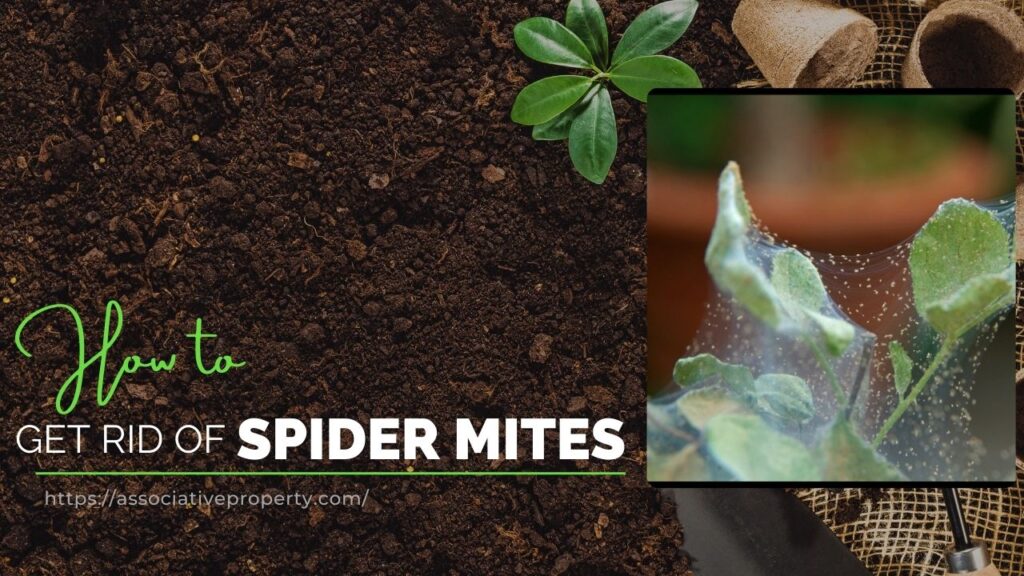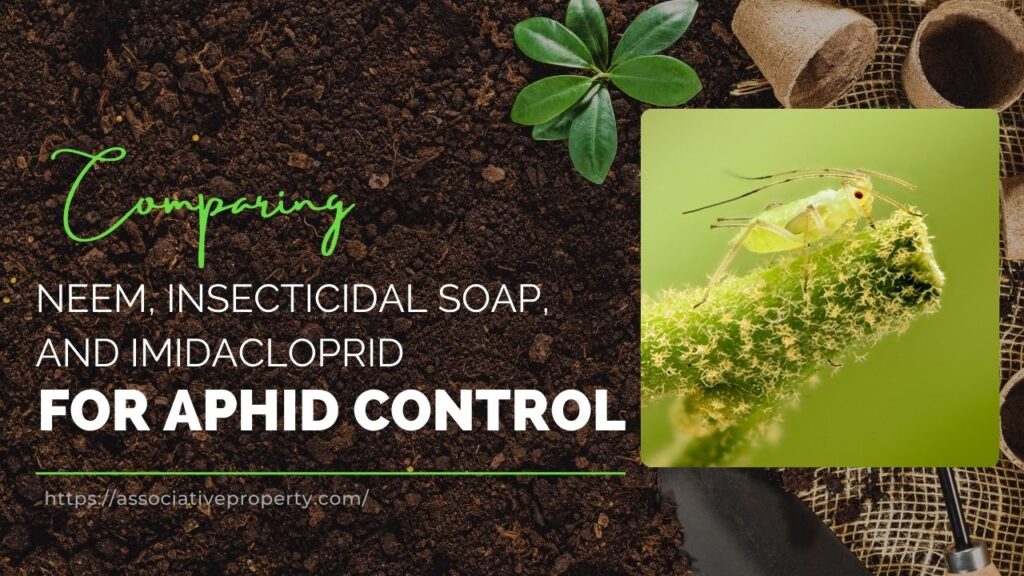Let me be honest, when I first saw these huge, buzzing wasps flying around my yard, I was convinced I had a serious hornet infestation. But after digging a bit deeper (and I mean that quite literally), I realized I was dealing with cicada killers, giant wasps that look scary but are surprisingly gentle.
Still, despite their calm nature, I wasn’t too comfortable having them poke holes all over my lawn and turn my yard into a wasp playground. So, I decided to take control. Here’s exactly how I identified, treated, and prevented cicada killers on my property, without calling in pest control pros.
Plants That Help Deter Cicada Killers (Bonus Prevention Tip)
| Plant Name | Effectiveness | Reason | Maintenance Level | Best Placement |
|---|---|---|---|---|
| Mint (Spearmint, Peppermint) | ★★★☆☆ | Strong scent masks attractants | Low | Garden borders, near burrows |
| Thyme | ★★★☆☆ | Releases aromatic oils that repel insects | Low | Rock gardens, mulch beds |
| Eucalyptus | ★★★★☆ | Natural insect-repellent oils | Moderate | Pots around yard/lawn |
| Citronella Grass | ★★★☆☆ | Commonly repels flying insects | Moderate | Near patios, garden paths |
| Wormwood (Artemisia) | ★★★★☆ | Bitter smell deters many insects | Moderate | Along garden borders |
| Lemongrass | ★★★☆☆ | Contains citronella oil | Moderate | Garden beds, lawn edges |
| Pennyroyal | ★★★☆☆ | Strong fragrance deters wasps | Low | Around seating/lawn |
| Marigolds | ★★★☆☆ | Produces pyrethrum, repels insects | Low | Garden beds, sunny spots |
Tip: Combine dense-rooted grasses and fragrant herbs to make your lawn and garden beds less appealing for digging and burrowing.
Related: How to Get Rid of Spider Mites: A Simple Guide for Gardeners
Step 1: Identifying Cicada Killers
The first thing I did was make sure I knew exactly what pest I was dealing with. Misidentification could have cost me time, money, and a whole lot of frustration.
How I Recognized Cicada Killers (vs. European Hornets):
| Trait | Cicada Killer | European Hornet |
|---|---|---|
| Size | 1.5 to 2 inches (larger) | Slightly smaller |
| Color | Black and yellow | Orange-yellow and brown |
| Wings | Orange-tinted | Clearer wings |
| Eyes | Large, compound eyes | Smaller eyes |
| Stinger | Only females sting | Both can sting |
| Diet | Nectar (adults), cicadas (for young) | Insects, organic matter |
These wasps are solitary ground diggers, which means they don’t build hives or nests in trees, they live underground. They prefer dry, soft soil and dig burrows that are about 1 to 1.5 inches wide, usually surrounded by a small mound of dirt.
Step 2: Inspecting My Property
Once I knew what I was looking for, I started inspecting my yard thoroughly.
Here’s where I looked:
- Patchy lawn areas with dry soil
- Underneath shrubbery
- Inside garden beds
Every time I spotted a hole with a dirt mound, I took note of its location. That would be crucial during the treatment phase.
Pro Tip: Cicada killers are most active during the summer, especially when cicadas are out and about.
Step 3: Treating the Cicada Killers
After confirming their presence, it was time for action. I geared up with personal protective equipment (PPE) and made sure pets and family stayed clear until everything was dry.
Even though these wasps aren’t aggressive, I didn’t want to risk a sting. So, I wore a bee suit and covered all exposed skin.
My Weapon of Choice: Silo Insecticide
- Type: Cypermethrin-based concentrate
- Effectiveness: Up to 90 days
- Target: Wasps and other insect pests
I followed this mix exactly:
| Product | Quantity |
|---|---|
| Silo Insecticide | 1.3 fl oz |
| Water | 1 gallon |
Application Method:
- Filled my hand pump sprayer halfway with water.
- Added the measured amount of Silo.
- Topped off the rest of the water.
- Shook the sprayer well to create a uniform emulsion.
Then, I switched the sprayer to pin stream mode for precision. I sprayed around each burrow entrance and then directed the emulsion deep into the burrow.
Why so thorough? Because these burrows can be up to 5 feet long and 15 inches deep. I wanted to make sure the insecticide hit every adult and larva hiding inside.
Step 4: Preventing a Comeback
Killing them once wasn’t enough, I had to stop them from coming back.
Here’s how I made my lawn less inviting:
- Watered deeply once a week with 1 to 1.5 inches of water
- Mowed grass higher (about 3 to 4 inches) to keep it thick and strong
- Added mulch in garden beds to prevent digging
By keeping the lawn healthy and the soil less exposed, I made it harder for cicada killers to dig new burrows.
Final Thoughts
Cicada killers might not be dangerous, but they’re certainly unwanted guests. With a little know-how, the right tools, and some persistence, I was able to stop them from ruining my lawn. If you’re dealing with the same issue, I hope my experience helps you take back control of your yard, without panic or poison clouds.
Need the products I used? I ordered mine with same-day shipping so I could act fast. And if you’re tackling this yourself, don’t forget to gear up and follow the steps.
Related: Comparing Neem, Insecticidal Soap, and Imidacloprid for Aphid Control
Frequently Asked Questions About Cicada Killers
Q1: Will cicada killers damage my plants or garden crops?
No, cicada killers are not a threat to your plants or crops. Adult cicada killers feed exclusively on plant nectar, and they do not chew leaves, stems, or flowers. Their underground burrows may disturb the aesthetic of lawns and garden beds, but they do not interfere with plant root systems unless burrowing directly under a sensitive plant. If you maintain healthy, compacted soil and mulch around plants, you’ll reduce their ability to dig.
Q2: Are cicada killers dangerous to pets or children?
While they may appear threatening, cicada killers are non-aggressive and will not sting unless directly provoked, typically by handling or stepping on them. That said, their large size can alarm children and pets. Female cicada killers do have stingers, but they rarely use them on humans or animals. Males, which are more commonly seen hovering, do not sting at all.
Q3: How long is the cicada killer’s active season?
Cicada killers are seasonal insects, typically active during mid-to-late summer, from late June through August, depending on your region. This timing aligns with cicada emergence. The adult wasps live for about 4–6 weeks, during which time they dig burrows, hunt cicadas, and lay eggs. After this period, they naturally die off, though the larvae remain underground until the following year.
Q4: Can I safely remove cicada killers without using insecticides?
Yes, though it’s less immediate, non-chemical methods can reduce cicada killer activity over time:
- Irrigate dry soil areas thoroughly to collapse burrows.
- Apply mulch 2–3 inches deep in garden beds and under shrubs.
- Compact soil in problem areas to make digging difficult.
- Grow dense turfgrass to make burrowing nearly impossible.
However, for severe infestations, targeted insecticide treatment is more effective.
Q5: Do cicada killers return to the same place every year?
Yes, and no. Cicada killers don’t have a homing instinct, but their offspring hatch in the same area where they were laid, which is usually the same lawn or garden. If conditions remain favorable, dry, sandy, sunny patches of exposed soil, you can expect activity to return the following summer. The key to prevention is changing the environment so it becomes unattractive for nesting.
Q6: What happens if I accidentally destroy a burrow without treating it?
If you collapse or cover a burrow without using any pesticide or deterrent, the cicada killer will simply dig another burrow nearby, often within a few feet. These wasps are persistent. That’s why direct treatment into the burrow is crucial for complete control. Simply filling in the hole delays the issue but doesn’t eliminate it.
Q7: Are cicada killers beneficial in any way?
Absolutely. Cicada killers play a role in natural pest control by regulating the cicada population. This can be helpful in regions where cicadas cause damage to young trees or shrubs. Also, because adult cicada killers feed on nectar, they can assist in pollination. However, when their populations grow too large in residential areas, they shift from being beneficial to becoming a nuisance.


